X
Electric hoists represent their own machinery, strength, and toughness, while the stage is elegant, flowing, and soft, with conflicts and collisions between the two.
The W12 stage-specific electric hoist, also known as the self- hanging. It is mainly applicable to the construction of commercial stages, stage scenery, audio and lighting arrangements, as well as ban
Category : W12 Stage Electric Hoist
Get a Quote
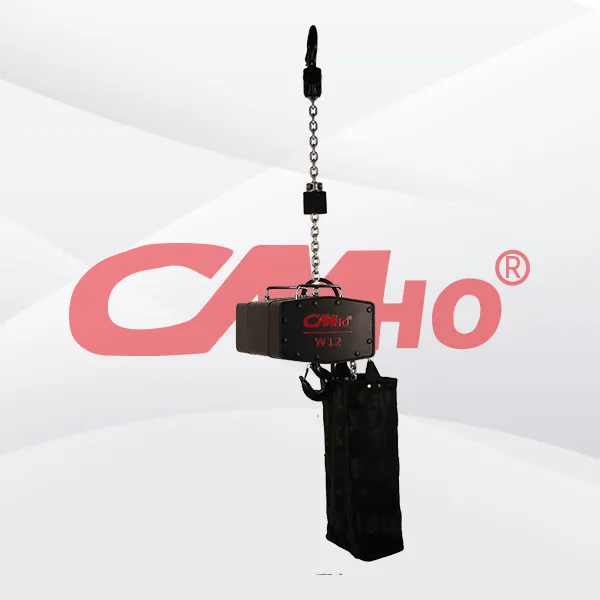



Product Details
When selecting and using the electric hoist dedicated to the conference hall, fully consider the actual needs and safety factors of the conference hall, and strictly abide by relevant specifications and requirements to ensure its safe, reliable, and efficient operation.
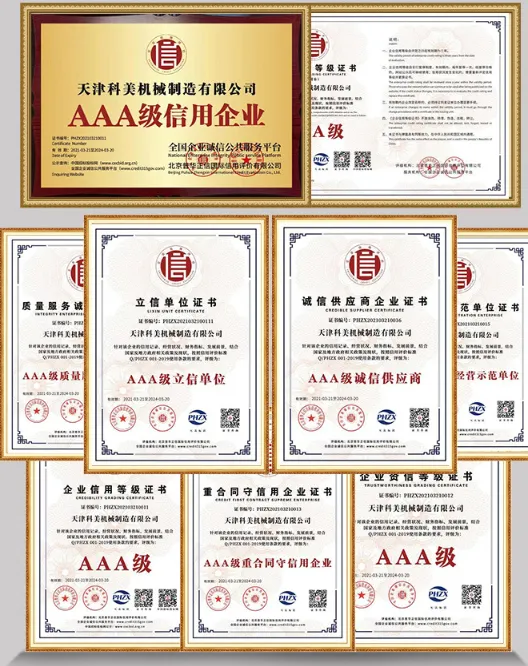
RELATED PRODUCTS .
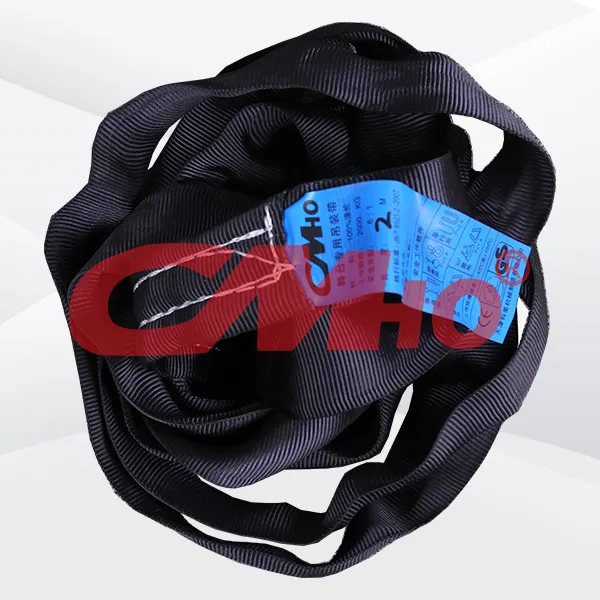

The flexible lifting sling is a kind of lifting tool used in lifting operations. It is usually made of high-strength fiber materials or metal ropes with a flexible outer layer. It has the characterist
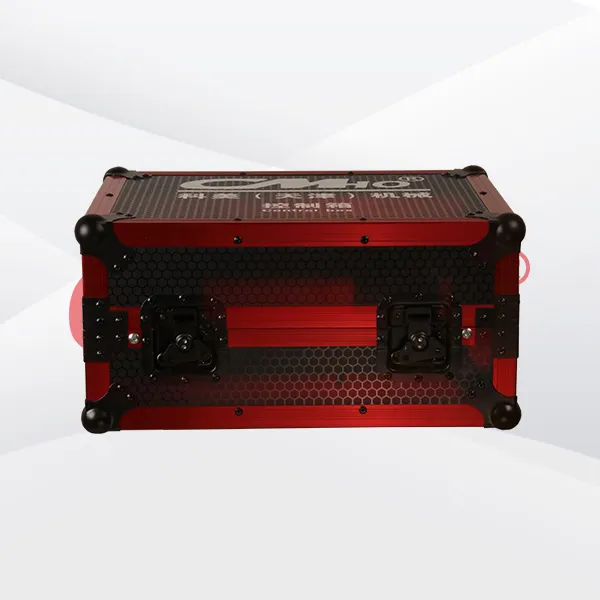
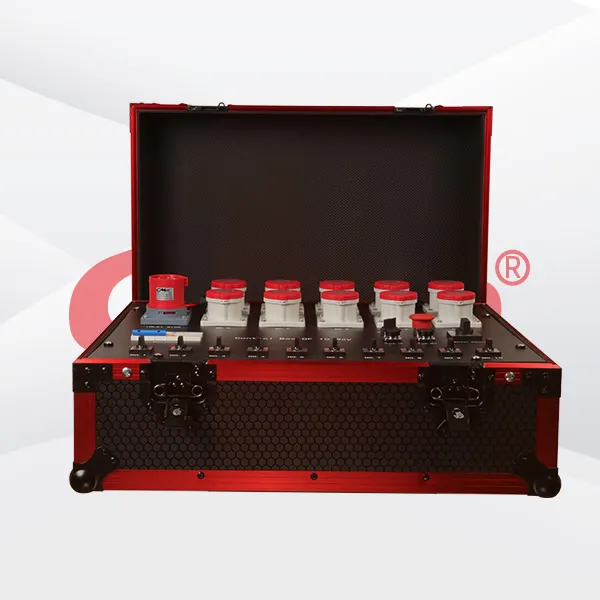
The truss hoist controller, relying on its precise algorithm, can synchronously and accurately manipulate dozens of hoists to lift and lower in coordination. It makes the stage mechanical devices coop
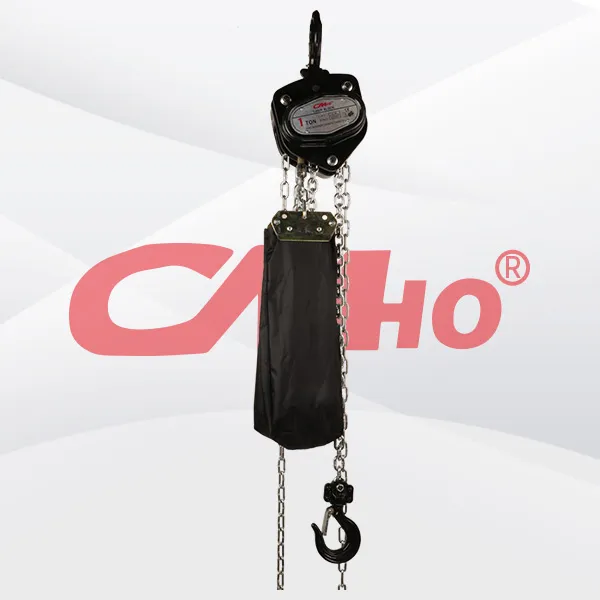
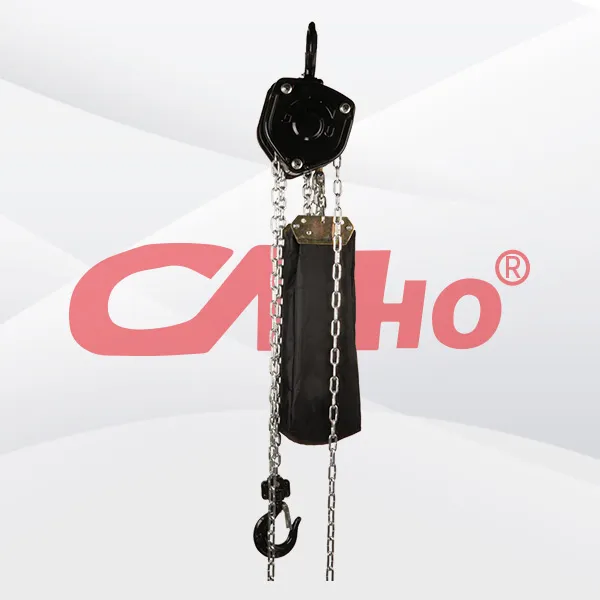
The manual stage chain hoist is easy to operate. Even volunteers who are new to stage equipment can quickly get the hang of it and complete the lifting and lowering work of small props.
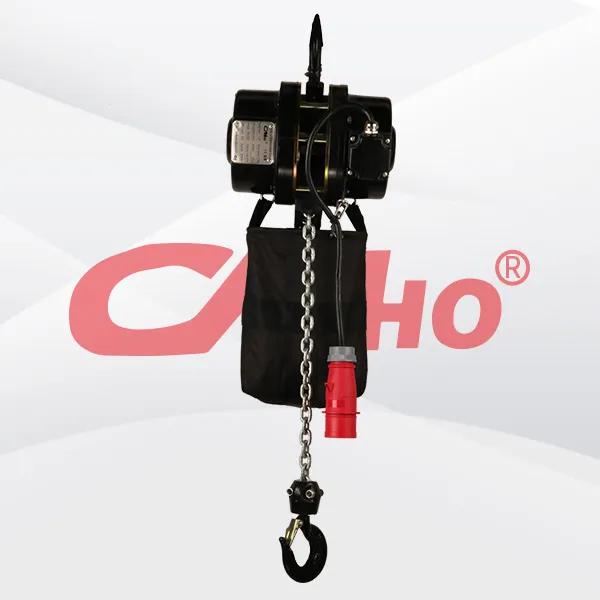
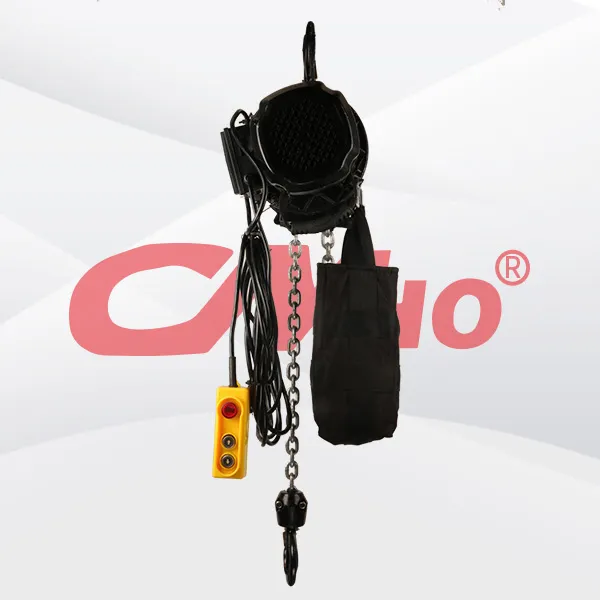
Advanced stage winches usually utilize electric motors or hydraulic systems to provide power, and achieve the lifting, lowering, and positioning of heavy objects through a series of mechanical transmi
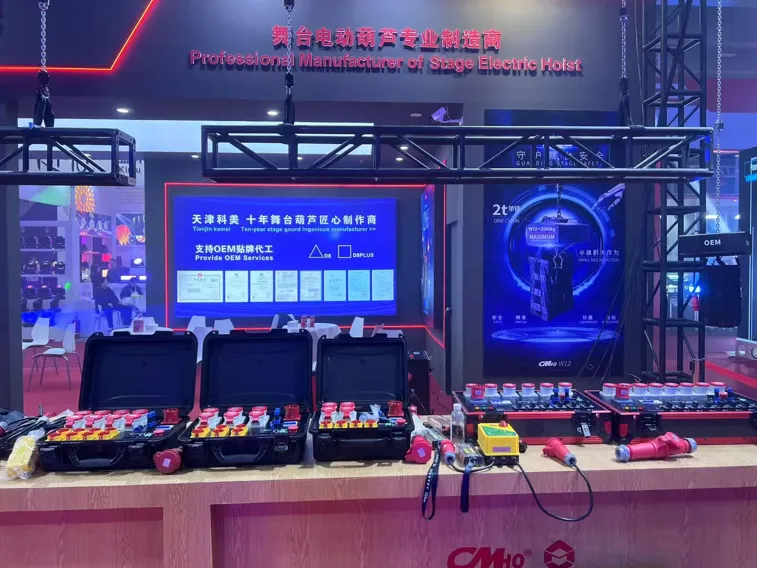
2025-02-28
创始人
0
The participation of Tianjin Kemei in the Guangzho...
Tianjin Kemei made a remarkable and eye-catching appearance at the Guangzhou (International) Performing Arts Equipment, Intelligent Acoustic, Optical and Electrical Products...
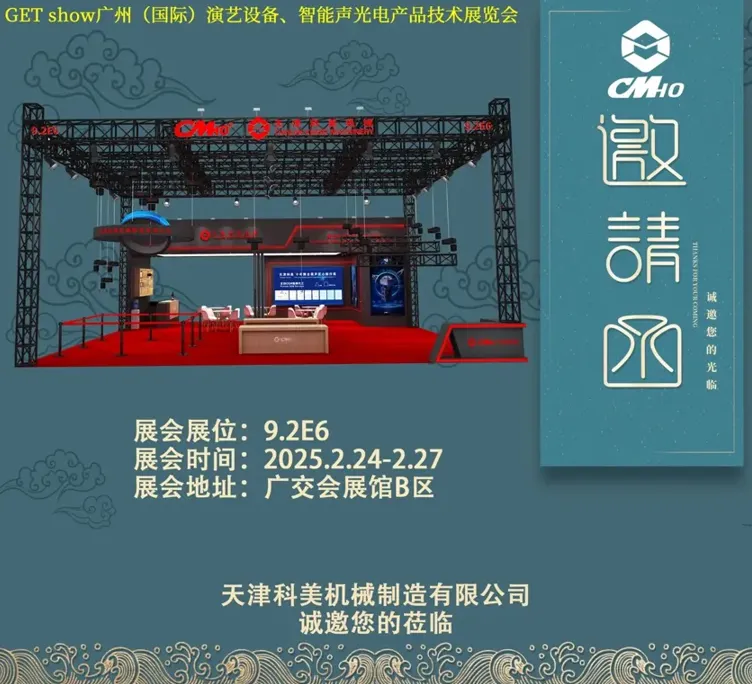
2025-02-27
创始人
0
Guangzhou (International) Performing Arts Equipmen...
In the era of the rapid development of stage lifting equipment and intelligent acousto - optic technology, every industry event serves as a crucial opportunity for innovatio...
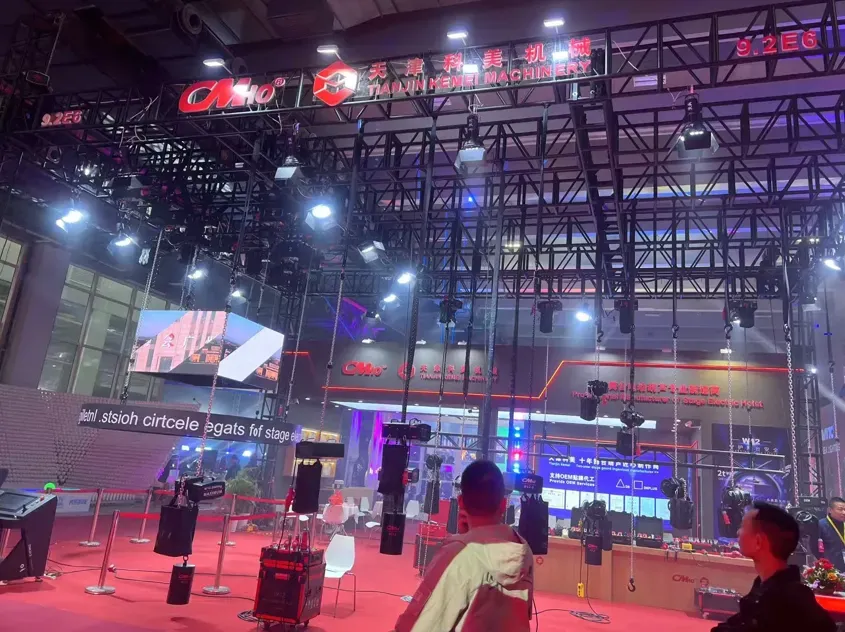
2025-02-27
创始人
0
GET show Guangzhou (International) Performing Arts...
Tianjin Kemei Machinery Manufacturing Co., Ltd. has been deeply engaged in the stage equipment manufacturing field for many years and has developed into a modern benchmark e...

2024-09-24
admin
0
Tianjin Kemei Machinery Manufacturing Co., Ltd. Ne...
Tianjin Kemei Machinery Manufacturing Co., Ltd.: New Starting Point, New Journey - New Factory Relocation Record

